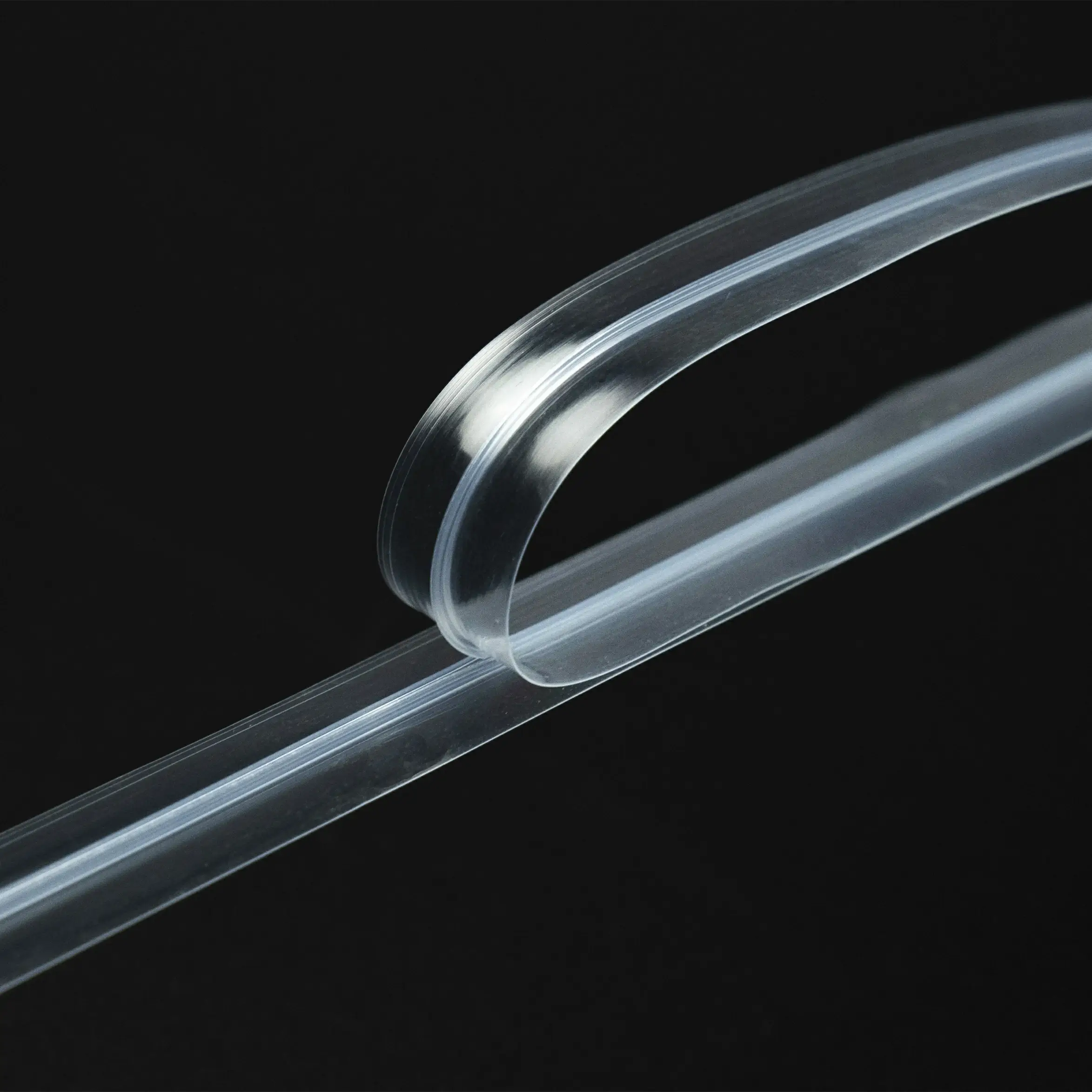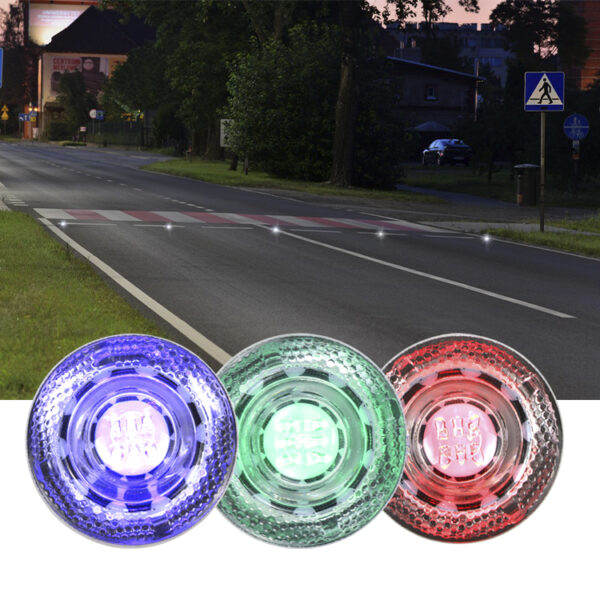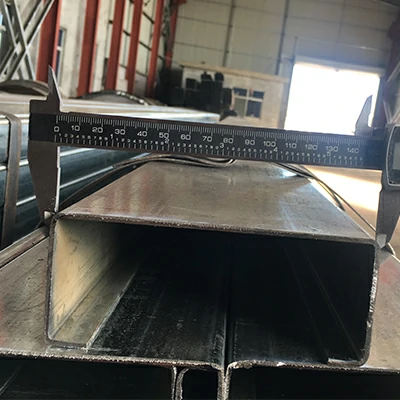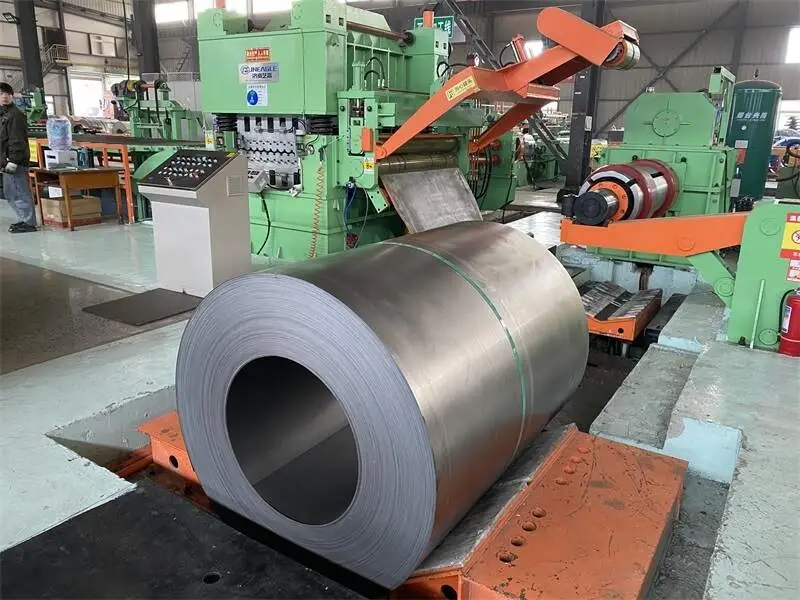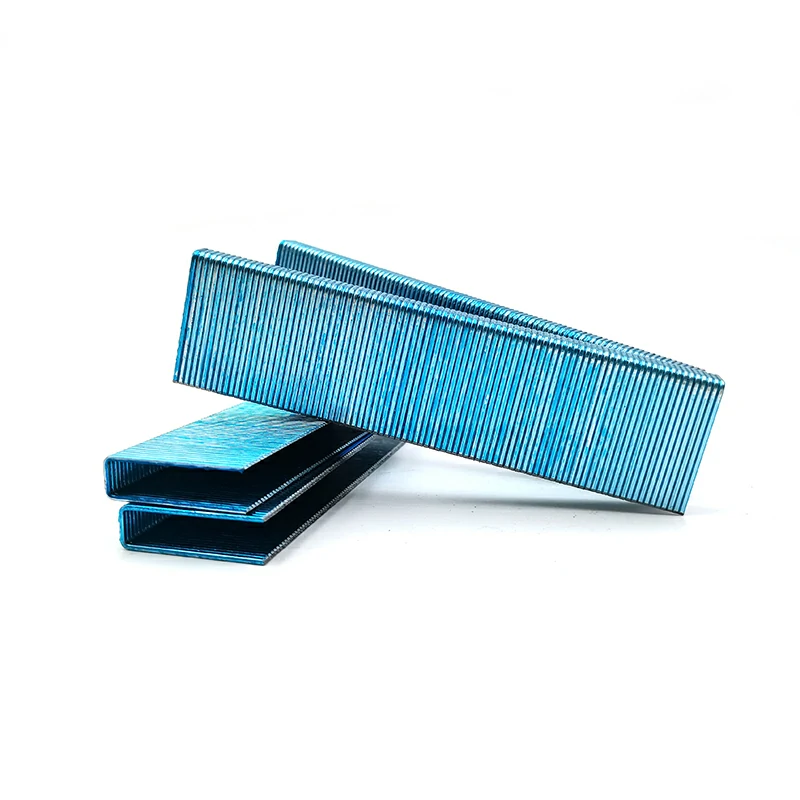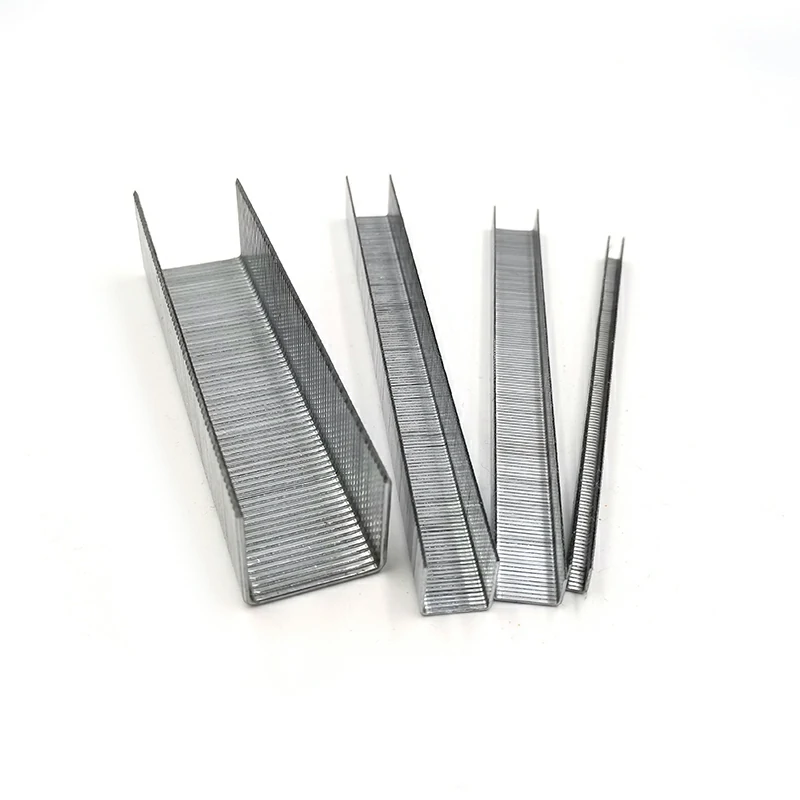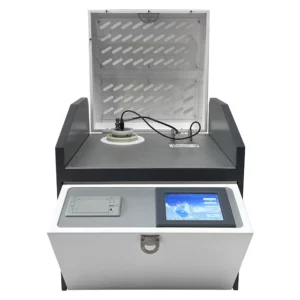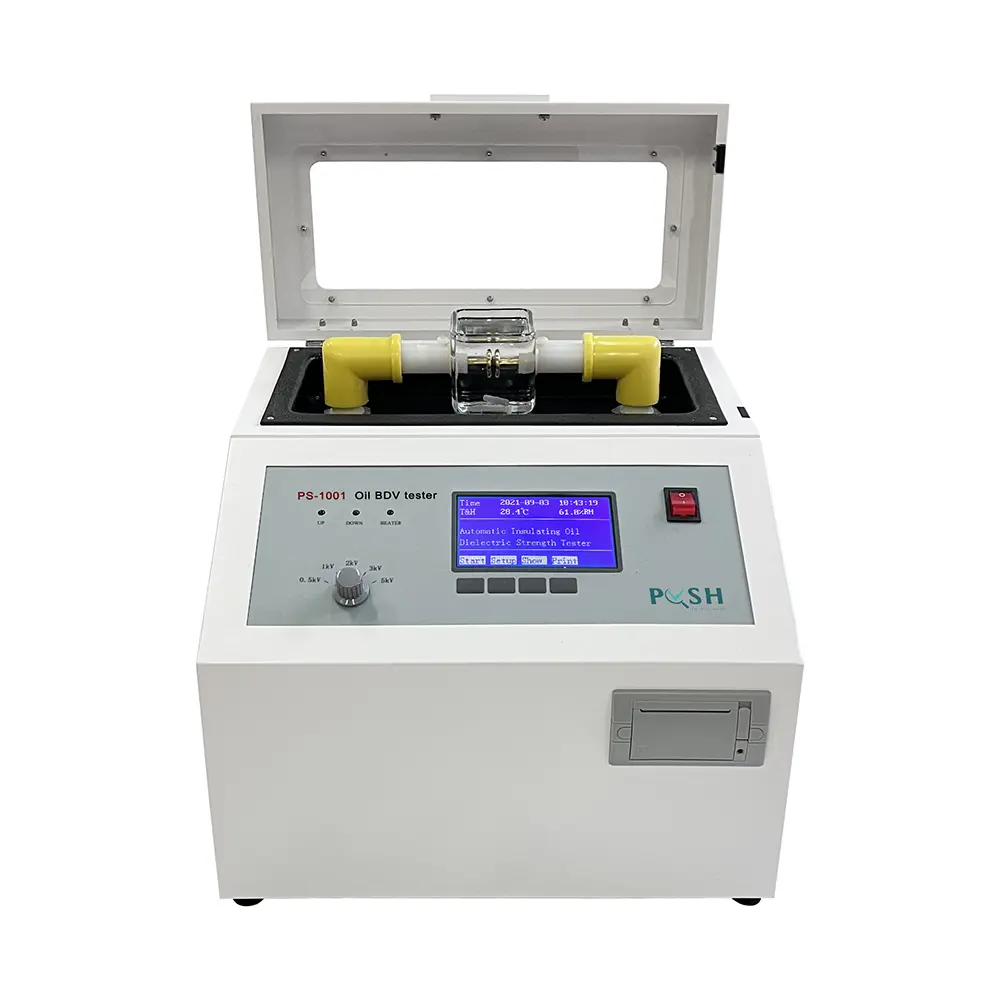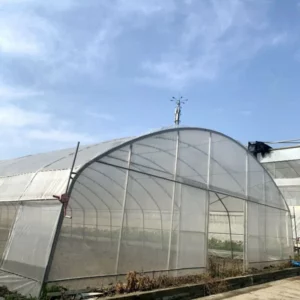The smaller the number, the smaller the zipper BUT not necessarily less STRONG! Picking your zipper is about frequency of use, WHERE the zipper is used and type of fabric.
Bridal:
#4 or #6 invisible. I also stock reversing pulls that ride on the Back of the zipper tape so you can use a heavier zipper (#3 or #5 standard) with the look of an invisible.
Pillows:
I use either a #3 standard coil or a #4 invisible by the yard for pillows made out of light or medium weight fabrics. If I am doing commercial work, then I usually use a standard coil as it will go through higher temperatures in a dryer & take rougher handling (rushed maids) than an invisible. If the pillows are over 24″ or in upholstery weight fabrics, I tend to use #6 invisible just to be on the safe side.
Just from using zippers over the past 40 years of sewing, my opinion is that a #6 invisible is about as strong as a #3 standard coil.
Duvet Covers:
Duvet covers are just big pillows! The zipper is usually applied at the foot of the cover in the underside fabric. If the cover is going to be washed frequently, always use a #3 standard zipper. I usually don’t use a #5 standard because the #3 is very strong but supple. The #5 doesn’t bend as easily.
If you are only going to launder your duvet cover infrequently then consider an invisible zipper.
I choose my zipper by the weight of my fabrics:
Cotton sheeting or silk: #3 standard or #4 invisible zipper
Upholstery fabric or velvet: #3 standard or #6 invisible zipper
Jackets:
You need a SEPARATING zipper for jackets. Use a #3 for children’s jackets, #5 for light weight adult jackets, #8 or #10 for leather jackets.
1-way SEPARATING opens just from the top.
2-way SEPARATING also opens from the bottom of the jacket so you can open up the bottom of the zipper to sit comfortably.
Boat or Windowseat Cushions:
Use #5 standard coil by-the-yard. It is nylon coil on polyester tape, which is inherently UV protected. #5 is very strong but will still go around the corners of a cushion. Will stand up to lots of washings or waves.
